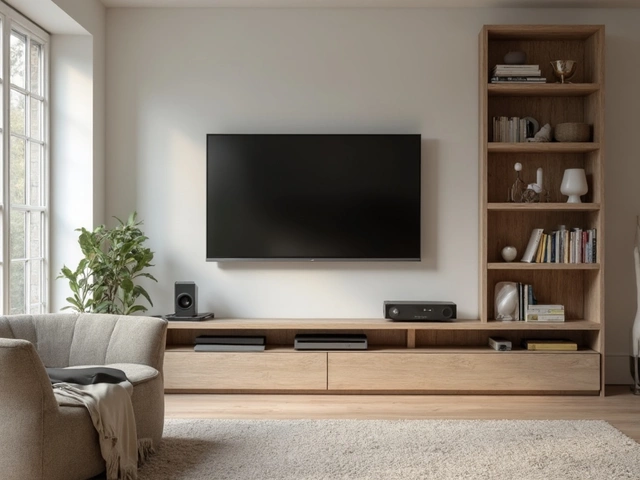Sitting All Day? Simple Ways to Keep Comfort and Focus in the Classroom
Anyone who spends hours on a chair knows how quickly discomfort can turn into distraction. In schools, teachers and students sit for long periods, and the right seating can make a big difference. Below you’ll find easy, practical advice that works in any classroom, from primary schools to university lecture halls.
Why Long Sitting Hurts
When you sit for too long, the spine bends forward, shoulders slump, and circulation slows. This isn’t just a pain issue – it can reduce concentration, cause headaches, and even affect mood. Kids are especially vulnerable because their bodies are still growing, and bad posture can become a habit that follows them into adulthood.
Research shows that a 10‑minute break every hour can restore blood flow and reset posture. Even a quick stand‑up or stretch can lower the risk of back strain. So, the goal isn’t to eliminate sitting, but to break it up and support the body while you do.
Choose the Right Chair for Long Sessions
Not every chair is built for all‑day use. Look for these three features when picking classroom seats:
- Adjustable height: A seat that moves up and down lets each student keep their feet flat on the floor, which is key for proper alignment.
- Supportive backrest: A curve that follows the natural shape of the spine helps keep shoulders relaxed and reduces slouching.
- Stable base: A five‑point base with smooth casters lets users swivel without wobbling, keeping focus on the lesson.
Ergonomic chairs don’t have to be pricey. Many manufacturers offer budget‑friendly models that still meet these standards. When shopping, sit in the chair yourself – if you feel a slight flex in the lower back, that’s a good sign of support.
In addition to chairs, consider flexible seating options like height‑adjustable desks or standing desks for part of the day. Mixing seating types keeps the classroom dynamic and lets students choose what feels best for them.
Finally, teach simple habits: keep the screen at eye level, avoid crossing legs for long stretches, and use a small pillow or lumbar roll if the chair feels too flat. Small tweaks add up to big comfort gains.
By addressing posture, offering the right chairs, and encouraging regular movement, you can turn a day of sitting into a productive, comfortable experience for everyone in the room.





